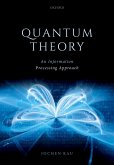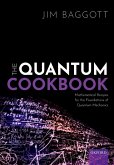This is an open access title. It is available to read and download as a free PDF version on Oxford Academic and is made available under a Creative Commons Attribution 4.0 licence. The development of quantum technologies has seen a tremendous upsurge in recent years, and the theory of Bell nonlocality has been key in making these technologies possible. Bell nonlocality is one of the most striking discoveries triggered by quantum theory. It states that in some situations, measurements of physical systems do not reveal pre-existing properties; rather, the property is created by the measurement itself. In 1964, John Bell demonstrated that the predictions of quantum theory are incompatible with the assumption that outcomes are predetermined. This phenomenon has been observed beyond any doubt in the last decades. It is an observation that is here to stay, even if quantum theory were to be replaced in the future. Besides having fundamental implications, nonlocality is so specific that it can be used to develop and certify reliable quantum devices. This book is a logical, rather than historical, presentation of nonlocality and its applications. Part 1 opens with a survey of the meaning of Bell nonlocality and its interpretations, then delves into the mathematical formalisation of this phenomenon, and finally into its manifestations in quantum theory. Part 2 is devoted to the possibility of using the evidence of nonlocality for certification of devices for quantum technologies. Part 3 explores some of the extensions and consequences of nonlocality for the foundations of physics.
Dieser Download kann aus rechtlichen Gründen nur mit Rechnungsadresse in A, B, BG, CY, CZ, D, DK, EW, E, FIN, F, GR, HR, H, IRL, I, LT, L, LR, M, NL, PL, P, R, S, SLO, SK ausgeliefert werden.









